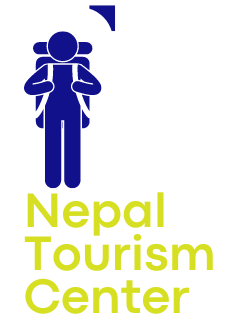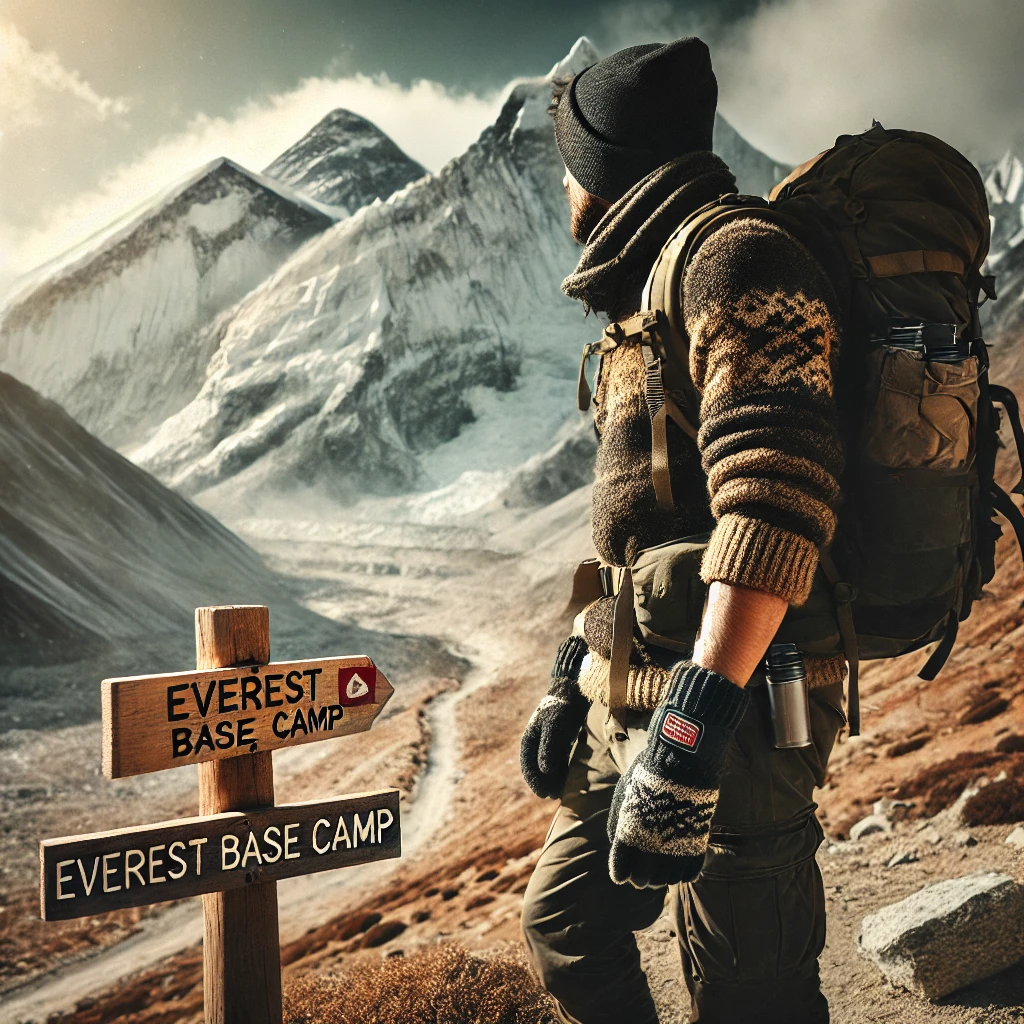Nestled in the heart of Nepal’s Khumbu region, the Khumjung Valley is a serene and picturesque destination that offers breathtaking landscapes, a rich cultural heritage, and an awe-inspiring view of the Himalayan mountains. It is most notably recognized for its unique geographical shape, which, when viewed from the right perspective, resembles the form of a horse. This fascinating shape, combined with the valley’s cultural and natural beauty, makes it an ideal destination for travelers looking to experience both adventure and tranquility.
In this blog article, we’ll take you on a journey through Khumjung Valley, exploring its location, geographical features, historical significance, and the unique shape that gives it its distinction. Along the way, we’ll also highlight the cultural richness and natural beauty that make this valley a must-visit destination for trekkers and nature lovers alike.
Where is Khumjung Valley?
Khumjung Valley is situated in the Khumbu region of Nepal, within the Solukhumbu District of the Province No. 1. It is located at an altitude of about 3,790 meters (12,434 feet), making it a high-altitude settlement. This picturesque valley lies just a short distance from Namche Bazaar, one of the main hubs for trekkers heading towards Everest Base Camp.
The valley is surrounded by towering peaks, including the mighty Mount Everest, Ama Dablam, and Thamserku, creating a breathtaking backdrop for the village. Known for its scenic beauty and peaceful atmosphere, Khumjung Valley is a popular stop for trekkers on the way to Everest Base Camp and those exploring the region’s rich Sherpa culture.
The Unique Shape of Khumjung Valley: Shaped Like a Horse
One of the most intriguing aspects of Khumjung Valley is its unique shape, which, when viewed from a high vantage point, is said to resemble a horse. This natural formation has become a point of fascination for trekkers, photographers, and geographers alike.
The valley’s horse-like shape is evident from several hills and ridgelines that curve around the valley floor, with specific peaks and contours appearing as the horse’s head, neck, and body. From certain perspectives, the shape of the valley aligns perfectly with the figure of a horse grazing peacefully amidst the stunning mountain scenery.
This shape is not only a geographical marvel, but it also adds an element of mysticism and intrigue to the valley, enhancing its charm for visitors. The horse-like shape has even led to local legends and myths, with some believing that the valley holds spiritual significance related to the horse, a revered animal in Sherpa culture.
The Cultural Significance of Khumjung Valley
The Khumjung Valley is home to the Sherpa people, an ethnic group known for their expertise in mountaineering and their deep connection to the Himalayan mountains. The Sherpas of Khumjung follow Tibetan Buddhism, and their rich spiritual and cultural traditions are deeply intertwined with their daily lives.
1. Khumjung Village and Its Monastery
At the heart of Khumjung Valley lies Khumjung Village, a traditional Sherpa settlement. The village is famous for its Tibetan Buddhist monastery, Khumjung Monastery, which holds immense religious and cultural significance. The monastery is a key spiritual hub for the locals and houses numerous Buddhist relics, including sacred thankas (Tibetan Buddhist scroll paintings), statues, and manuscripts.
One of the most remarkable features of Khumjung Monastery is its collection of Yeti scalp remains. These are said to belong to a Yeti (the mythical Abominable Snowman) that was allegedly discovered in the region. While the authenticity of the scalp remains has been the subject of much debate, they continue to be an intriguing feature of the monastery and attract curious visitors from around the world.
2. The Sacred Khumbila Mountain
In addition to its monastery, Khumjung Valley is also home to the sacred Khumbila Mountain, a peak that holds deep religious significance in Sherpa culture. The locals believe Khumbila is the home of the Khumbila deity, a spirit that protects the valley and its people. Khumbila is not a mountain that can be climbed, as it is considered a sacred site. However, trekkers can enjoy a spiritual experience while trekking in the region, with many taking a moment to reflect and pay homage to the mountain.
3. Local Culture and Traditions
The Sherpa people of Khumjung are known for their hospitality and strong sense of community. They continue to practice traditional farming, herding, and craftsmanship, and their way of life has remained largely unchanged for centuries. Visitors to Khumjung Valley can experience local culture by engaging with the villagers, learning about their daily life, and even participating in traditional ceremonies and festivals.
One of the most significant festivals in Khumjung is the Lhosar (Tibetan New Year), which is celebrated with much fanfare, including traditional dances, songs, and rituals. This vibrant celebration allows visitors to witness the warmth and welcoming spirit of the Sherpa people.
The Natural Beauty of Khumjung Valley
Apart from its unique shape, Khumjung Valley is renowned for its natural beauty. The valley is enveloped by the towering peaks of the Himalayas, including Mount Everest, Ama Dablam, and Thamserku, offering some of the most spectacular mountain views in the world.
1. Flora and Fauna
The valley is also home to a wide variety of flora and fauna, thanks to its unique climate and geography. The lower reaches of the valley are covered in lush forests of rhododendron, pine, and birch trees, while higher elevations are dotted with alpine meadows. The rich vegetation makes Khumjung Valley a paradise for nature lovers and bird watchers.
In terms of wildlife, Khumjung Valley is home to wild yaks, blue sheep, snow leopards, and various species of birds, including the iconic Himalayan griffon vulture. The valley’s diverse ecosystem makes it a haven for trekkers who want to experience the wonders of the natural world up close.
2. Trekking Routes and Scenic Views
Khumjung Valley is part of the larger Everest region trekking circuit, and it offers some of the most stunning trekking routes in the world. The trek to Khumjung from Namche Bazaar is relatively moderate, making it a perfect destination for those who want to experience the beauty of the Himalayas without the intense challenge of the Everest Base Camp trek.
From Khumjung, trekkers can enjoy panoramic views of Mount Everest, Ama Dablam, and other peaks in the region. The surrounding landscape, with its terraced fields, lush forests, and quaint Sherpa villages, adds to the charm of the valley.
Best Time to Visit Khumjung Valley
The best time to visit Khumjung Valley is during the spring (March to May) and autumn (September to November) months. These seasons offer clear skies, moderate temperatures, and stunning views of the surrounding mountains. Spring brings blooming rhododendrons, while autumn provides a vibrant landscape with golden hues, making it the perfect time for trekking and photography.
Winter (December to February) can be quite cold, with heavy snowfall at higher elevations, while summer (June to August) is the monsoon season, with the potential for heavy rainfall, which can make trekking conditions challenging.
How to Get to Khumjung Valley?
To reach Khumjung Valley, trekkers typically start their journey by flying to Lukla from Kathmandu. From Lukla, it’s a scenic trek to Namche Bazaar, the main gateway to the Everest region. From Namche, the trail to Khumjung is relatively short and can be completed in a day.
Alternatively, trekkers can combine a visit to Khumjung Valley with a trek to Everest Base Camp, incorporating it as a stop on the way to one of the most famous trekking destinations in the world.
Conclusion
Khumjung Valley, with its horse-shaped geography, rich Sherpa culture, and stunning natural beauty, is a hidden gem in the Everest region of Nepal. Whether you’re a trekker seeking new challenges, a nature lover fascinated by the Himalayas, or someone interested in the deep spiritual roots of the Sherpa people, Khumjung offers an unforgettable experience. Its serene landscapes, cultural treasures, and the mystical horse shape make it one of the most unique and enchanting destinations in Nepal.
So, if you’re planning your next trek in Nepal, don’t miss the chance to explore the Khumjung Valley—a place where nature, culture, and legend come together in perfect harmony.


Leave a Reply